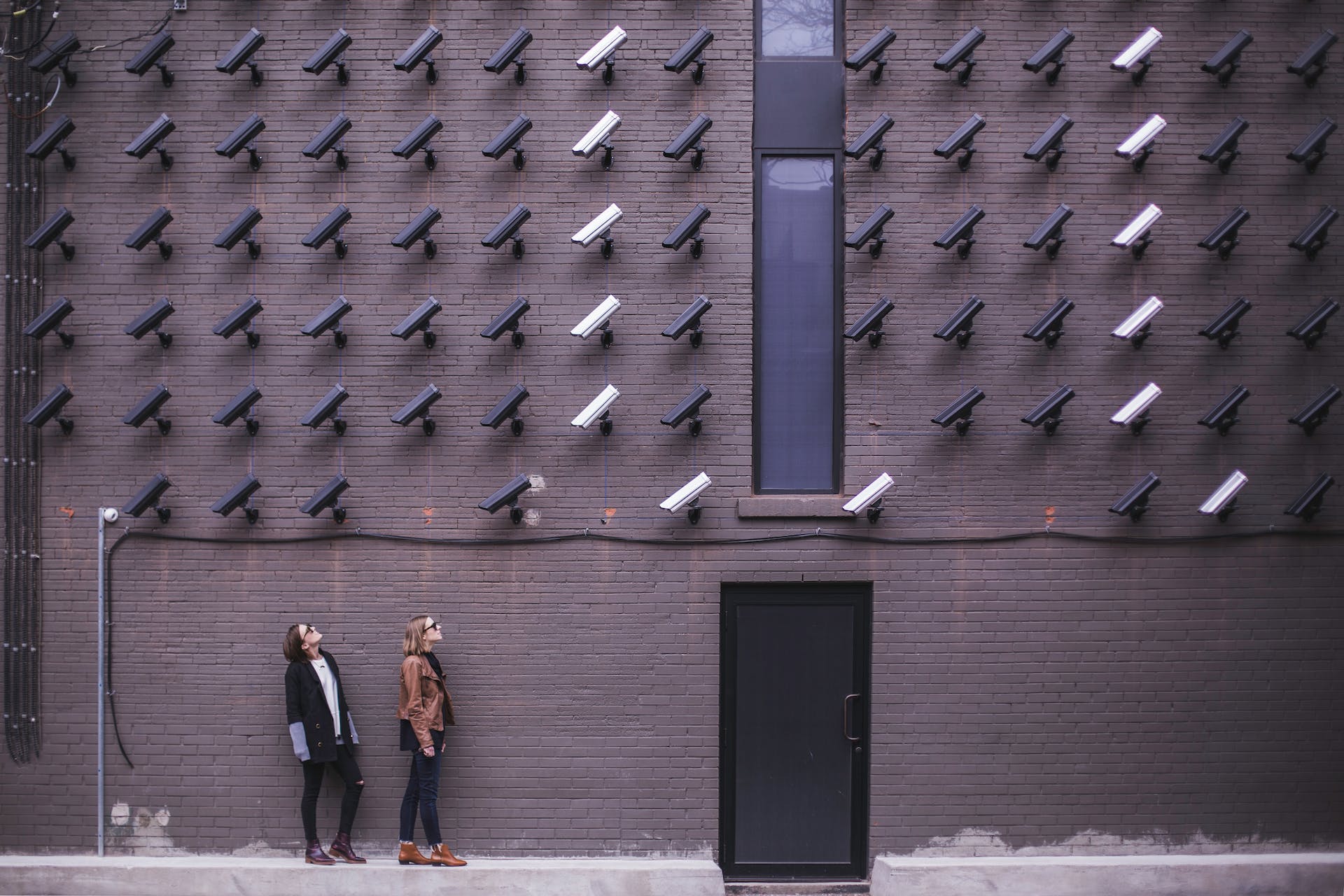
Question: How Many Cameras Do You Need for Home Security?
Answer: The number depends on home size and layout, typically ranging from 3-6 cameras to cover main entrances, perimeters, and important interior areas.
How Many Cameras do You Need for Home Security? The Right Number of Cameras for Optimal Home Security
Home security is a paramount concern for homeowners, and a key aspect of that is deciding how many cameras are needed for comprehensive coverage. This guide helps homeowners understand the factors influencing this decision, ensuring an effective security system for their property.
Click here for more information on surveillance camera installation
Related Article: How to Install a Security Camera Outdoors?
Related Article: Can I Install Security Cameras Myself?
The Role of Security Cameras in Home Safety
Security cameras act as a deterrent to potential intruders and provide crucial surveillance and evidence in the event of a security breach. [ 1 ]
Assessing Your Home’s Security Needs
Before determining the number of cameras, assess the security needs of your home based on its size, layout, and specific vulnerabilities.
Evaluating Home Size and Layout
Larger homes with multiple entry points might need more cameras than smaller homes. The layout also plays a role in determining camera placement for optimal coverage.
Identifying Vulnerable Areas
Pinpoint areas that are most vulnerable to break-ins, such as doors, windows, and secluded areas of the property.
Key Locations for Camera Placement
Certain locations are critical for camera installation to ensure maximum effectiveness of your home security system.
Front and Back Doors
Installing cameras at the front and back doors is essential, as these are common entry points for intruders.
Ground-Level Windows
Ground-level windows, especially those hidden from street view, are also potential entry points and should be monitored.
Other Strategic Areas
Consider other areas like garages, driveways, and backyards, which might require surveillance.
Types of Cameras and Their Coverage
The type of camera affects how many are needed, as different cameras offer varying coverage areas and functionalities.
Fixed vs. Pan-Tilt-Zoom (PTZ) Cameras
Fixed cameras cover a specific area, while PTZ cameras can cover a larger area as they can pan, tilt, and zoom.
Indoor vs. Outdoor Cameras
Outdoor cameras are designed to withstand weather elements, while indoor cameras may have features like two-way audio.
Balancing Quantity With Quality
While the number of cameras is important, the quality of the cameras and their features should also be a key consideration.
High-Resolution Cameras
Higher resolution cameras provide clearer images, which can be crucial in identifying intruders or license plates.
Additional Features
Features like night vision, motion detection, and Wi-Fi connectivity enhance the effectiveness of fewer, high-quality cameras.
Cost and Maintenance Considerations
The number of cameras impacts the cost of the security system and its ongoing maintenance.
Budgeting for Security Cameras
Consider the initial cost of purchasing and installing cameras and the potential need for additional equipment like recording devices or extra storage.
Regular Maintenance
More cameras mean more maintenance, so factor in the time and cost of keeping the system operational, including cleaning lenses and checking for proper functioning.
Conclusion: Customizing Your Home Security Setup
There’s no one-size-fits-all answer to how many cameras your home needs. It depends on several factors, including your home’s size, layout, and specific security concerns.
Making an Informed Decision
Consider your individual needs and circumstances to determine the right number of cameras for your home.
The Role of Professional Advice
Seeking advice from security professionals can provide insights tailored to your home’s unique security requirements.
For more information head on over to the homepage
Determining the right number of security cameras for your home involves a careful assessment of your property, understanding the capabilities of different camera types, balancing quality with quantity, and considering budget and maintenance. By focusing on key locations, opting for high-quality cameras, and customizing your setup to your home’s specific needs, you can create an effective and efficient home security system. Remember, the goal is not just to install cameras but to strategically place them for maximum security and peace of mind.
References
1. https://www.adt.com/resources/how-many-security-cameras-do-i-need